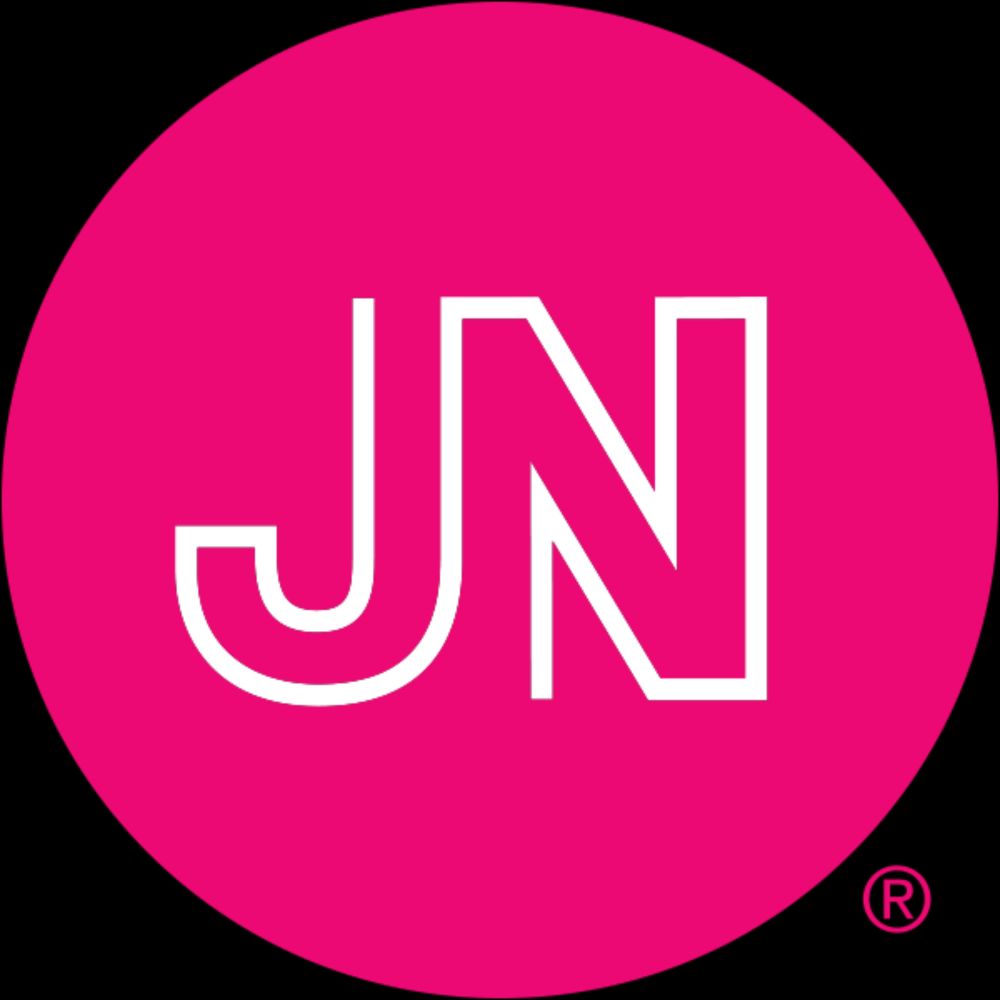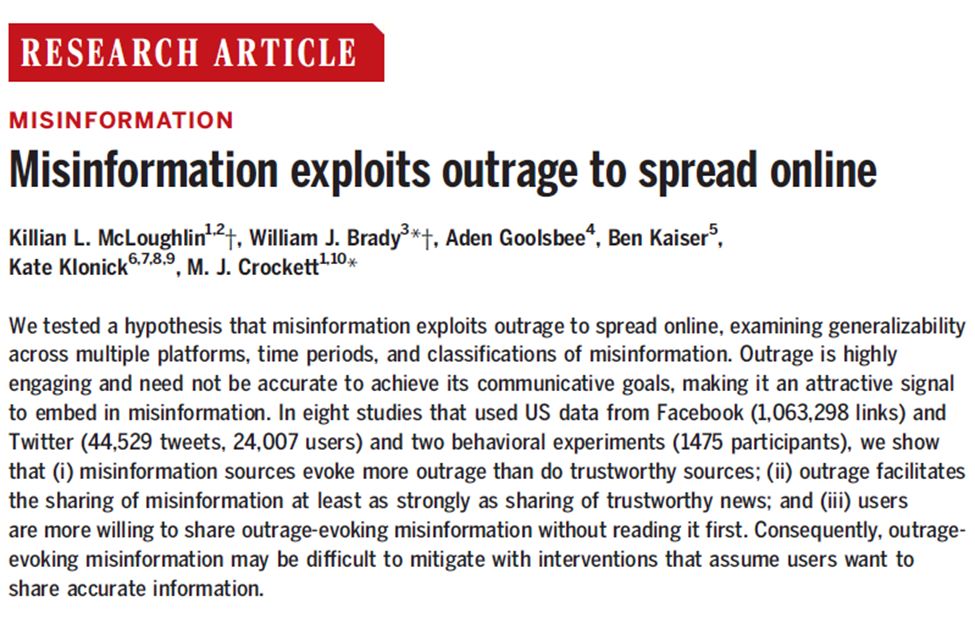This guidance is designed to support:
✅ Patients with mpox — whether at home, in the community, or in healthcare facilities
✅ The health workers and caregivers supporting them
🔗 bit.ly/43YOzjf

This guidance is designed to support:
✅ Patients with mpox — whether at home, in the community, or in healthcare facilities
✅ The health workers and caregivers supporting them
🔗 bit.ly/43YOzjf
💥 1 in 4 were hospital-onset!
📉 HO rates ⏬ 38% over time but varied 15x btwn hospitals
▶️ They used a clean, simple definition for HO NTM (day 3+)
NTM = underestimated #IDSky
🔗 doi.org/10.1093/cid/...

💥 1 in 4 were hospital-onset!
📉 HO rates ⏬ 38% over time but varied 15x btwn hospitals
▶️ They used a clean, simple definition for HO NTM (day 3+)
NTM = underestimated #IDSky
🔗 doi.org/10.1093/cid/...
jamanetwork.com/journals/jam...
#IDSky

jamanetwork.com/journals/jam...
#IDSky
We need more research and reviews around “water safety” in healthcare facilities. This new paper in @thejhi.bsky.social by Weinbren et al. (2025) provides a fresh perspective—challenging the idea that it's just about legionella and outlet water quality. 🏥💧
#HospEpi #AMR
We need more research and reviews around “water safety” in healthcare facilities. This new paper in @thejhi.bsky.social by Weinbren et al. (2025) provides a fresh perspective—challenging the idea that it's just about legionella and outlet water quality. 🏥💧
#HospEpi #AMR
A new study in @thejhi.bsky.social compared different brush types ▶️ metal shafts + DuPont fibre bristles removed organic matter >>> than plastic or microfiber brushes
More passes = cleaner scopes
📄: www.journalofhospitalinfection.com/article/S019...

A new study in @thejhi.bsky.social compared different brush types ▶️ metal shafts + DuPont fibre bristles removed organic matter >>> than plastic or microfiber brushes
More passes = cleaner scopes
📄: www.journalofhospitalinfection.com/article/S019...


🧵 New study out of Singapore's National Centre for Infectious Diseases:
Can less PPE still keep healthcare workers safe from COVID-19 — while saving the planet? Turns out, yes. Let's unpack!
#SkyThread #InfectionControl #PPE #HealthcareSustainability jamanetwork.com/journals/jam...

🧵 New study out of Singapore's National Centre for Infectious Diseases:
Can less PPE still keep healthcare workers safe from COVID-19 — while saving the planet? Turns out, yes. Let's unpack!
#SkyThread #InfectionControl #PPE #HealthcareSustainability jamanetwork.com/journals/jam...


A global review of guidance to reduce hospital-acquired Aspergillus infections
75 documents from 24 countries highlight gaps in prevention strategies, risk assessments, and environmental monitoring
#IDSky #EpiSky
📄: www.journalofhospitalinfection.com/article/S019...



A global review of guidance to reduce hospital-acquired Aspergillus infections
75 documents from 24 countries highlight gaps in prevention strategies, risk assessments, and environmental monitoring
#IDSky #EpiSky
📄: www.journalofhospitalinfection.com/article/S019...
infectioncontrolmatters.com/2025/03/05/n...
#idsky #pneumonia #infectioncontrol @emrsa15.bsky.social
infectioncontrolmatters.com/2025/03/05/n...
#idsky #pneumonia #infectioncontrol @emrsa15.bsky.social
What’s the one paper that made you rethink infection prevention and control? Drop your faves and let’s build the ultimate IPC reading list! ⬇️"
@kalisvar.bsky.social and I are presenting the ‘year in infection control’ at #ESCMIDGlobal next month. We’d love to hear this community’s picks.
What were the most innovative papers in this field in the last year? What papers changed your practice?
#IDSky
What’s the one paper that made you rethink infection prevention and control? Drop your faves and let’s build the ultimate IPC reading list! ⬇️"

“In this qualitative study of 10 participants, ESWs felt proud and felt connected to their clinical teams, but also felt not connected, undervalued, and underappreciated” #idsky #medsky jamanetwork.com/journals/jam...

“In this qualitative study of 10 participants, ESWs felt proud and felt connected to their clinical teams, but also felt not connected, undervalued, and underappreciated” #idsky #medsky jamanetwork.com/journals/jam...
We chat with Dr Sarah Browning and junior doctors about a program being run in Hunter New England (NSW) #IDsky #infectioncontrol
infectioncontrolmatters.com/2025/01/08/e...

We chat with Dr Sarah Browning and junior doctors about a program being run in Hunter New England (NSW) #IDsky #infectioncontrol
infectioncontrolmatters.com/2025/01/08/e...
Patient had non healing foot wound + VRSA (mecA + vanA), hx of MRSA, VRE.
0/224 screening samples negative for VRSA
Lack of transmission? Perhaps MRSA + vanA = less transmissible
📄: wwwnc.cdc.gov/eid/article/...


Patient had non healing foot wound + VRSA (mecA + vanA), hx of MRSA, VRE.
0/224 screening samples negative for VRSA
Lack of transmission? Perhaps MRSA + vanA = less transmissible
📄: wwwnc.cdc.gov/eid/article/...
jamanetwork.com/journals/jam...

jamanetwork.com/journals/jam...
Why? NIH (NIAID) isn’t allowed to fund hospital infection control studies.
Why? No idea
Why? NIH (NIAID) isn’t allowed to fund hospital infection control studies.
Why? No idea
“It wasn’t long ago that China also had [another] ‘mysterious illness’ and it ended up being mycoplasma, This is why it’s important to wait and get more information.”
www.telegraph.co.uk/global-healt...

“It wasn’t long ago that China also had [another] ‘mysterious illness’ and it ended up being mycoplasma, This is why it’s important to wait and get more information.”
www.telegraph.co.uk/global-healt...
Here, my colleagues and I discuss the promises, barriers, and potential solutions for genomic surveillance in healthcare 🦠
#IDSky #PublicHealth
doi.org/10.1128/aac....


Here, my colleagues and I discuss the promises, barriers, and potential solutions for genomic surveillance in healthcare 🦠
#IDSky #PublicHealth
doi.org/10.1128/aac....

#idsky #cleaning #healthservices #patientsafety #infectioncontrol
www.thelancet.com/journals/lan...

#idsky #cleaning #healthservices #patientsafety #infectioncontrol
www.thelancet.com/journals/lan...


